According to writer Stephen Bryen in the Asian Times, whether it is massive tanks or modern cars transported by ship, all can be burned by fire.
The fire that broke out on the Fremantle container ship carrying nearly 4,000 cars reminded him of what happened to Israeli tanks.
Fremantle ship on fire at sea. Photo: Brussels Times
The tanks were burned down.
During the 1973 Yom Kippur War, Israeli tanks encountered two formidable enemies, causing them to lose more than 1,000 tanks (completely destroyed or severely damaged).
At that time, the Israeli tank force included models M-60 and M48 (US), Centurion (UK), T-55 (Israel captured in 1967, then refurbished and modernized at a tank factory south of Tel Aviv).
The first enemy was the AT-3 Sagger (formerly the 9M14 Malyuta) missile used by Egypt to destroy tanks. This was the first shoulder-fired anti-tank guided missile on the battlefield, designed to allow the gunner to fire a few meters away from the missile launcher, thereby increasing the gunner's chances of survival against enemy counter-fire.
The Sagger was later combined with the RPG-7 anti-tank grenade launcher for infantry. Unlike the Sagger, the soldier with the RPG-7 would have to get close to the target he was trying to destroy, putting both the soldier and the gun at great risk if discovered. However, both weapons caused great damage to Israeli tanks.
The second enemy Israel faced was something no one expected. During the 1973 war, the M-60 Patton - the most notorious tank of the time - mysteriously caught fire, often incinerating the crew during combat.
At first it was thought that the fires were caused by return fire and shrapnel, but when the tanks suddenly caught fire even when the enemy was not returning fire, the Israelis began to seriously search for the cause.
Israeli M-60 tank. Photo: Creative Commons
Technicians discovered that when tanks operated in hot, dry desert environments like the Sinai, a significant amount of sand accumulated inside the vehicle. At the same time, a lot of oil and other lubricants leaked onto the tank floor, or accumulated in gaps in the chassis.
When this leaked oil is mixed with sand and falls into the area between the tank hull and the fuel tank, the sand-oil-metal mixture will form a kind of battery. In hot conditions, when sparks inside the fuel tank fly around as the tank moves along the battle line, that "battery" can ignite the leaked oil and fuel near the fuel tank, causing a major fire.
Immediately after the war, the Israelis came up with a solution to the disaster: Covering fuel tanks with foam to prevent similar explosions. That innovation was later shared with the Pentagon.
However, the US military was not very concerned because their intended front was in Europe, where there was no sand and the weather tended to be cooler and more humid than the Middle East.
View from burnt Israeli tanks
Back to the Fremantle fire. On July 25, the ship suddenly caught fire off the coast of Ameland Island, northern Netherlands, while traveling from Germany to Egypt. The estimated loss of cargo is up to half a billion dollars, not to mention the loss of ship and people.
Initially, the Fremantle owner said that at the time of the incident, the ship was carrying 3,000 cars from Germany to Egypt, including at least 25 electric cars. One electric car caught fire and burned the ship. However, recently, according to official figures released by relevant parties, the Fremantle had 3,783 vehicles on board, of which 498 were electric cars, much more than initially reported.
Firefighters struggled to contain the blaze, which spread as the ship crippled and began to list. The fate of the Fremantle remains unclear, with several sailors injured in the fire.
As you can see, whether it is massive tanks or modern cars transported by ship, fire can burn everything.
The Felicity Ace, carrying thousands of supercars, also caught fire at sea. Photo: Creative Commons
Notably, this is not the first time a car transport ship has caught fire. In 2022, the Felicity Ace, en route to the US, caught fire off the Azores Islands, carrying thousands of supercars. The cause of the fire was believed to be faulty lithium batteries in some of the cars.
On board at the time were 1,117 Porsches, 1,944 Audis, 189 Bentleys, 85 Lamborghinis and 561 Volkswagens.
As the electric car industry grows, we’ll see more and more electric cars coming to the U.S. by sea from South Korea, Japan, and China, Bryen says. But lithium batteries in electric cars, especially in cheaper models, can spontaneously explode and start raging fires that are difficult to extinguish, and no manufacturer has yet come up with a reliable way to protect against faulty batteries.
Tying the two stories together, Bryen said that if Israel has found a way to fix the disaster of its M-60 tanks, he also hopes that electric vehicle advocates will soon find a way to prevent similar tragedies like the Fremantle at sea.

Source



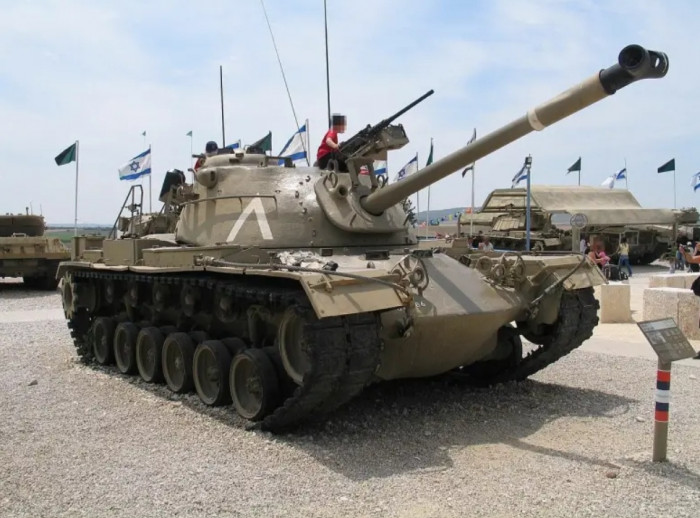
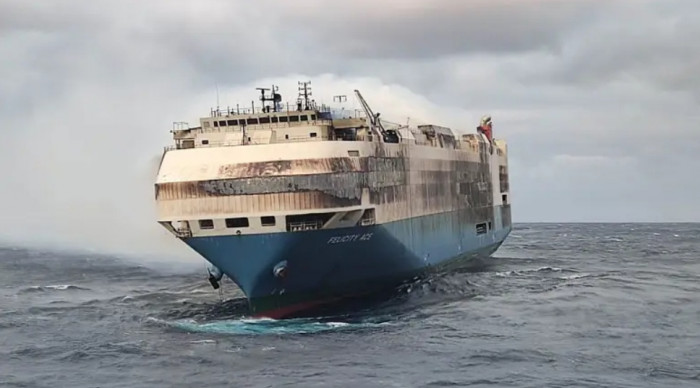










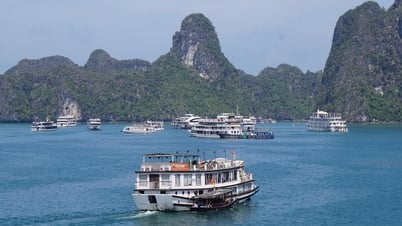

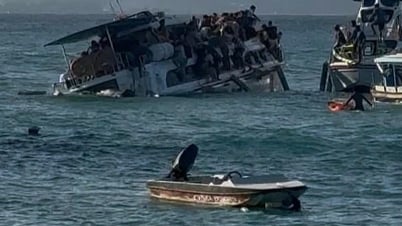







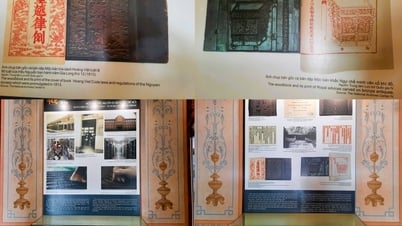
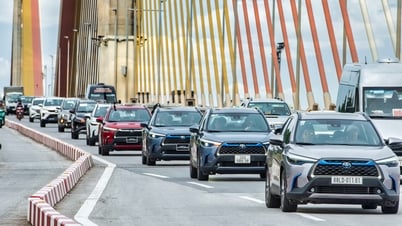















































































Comment (0)